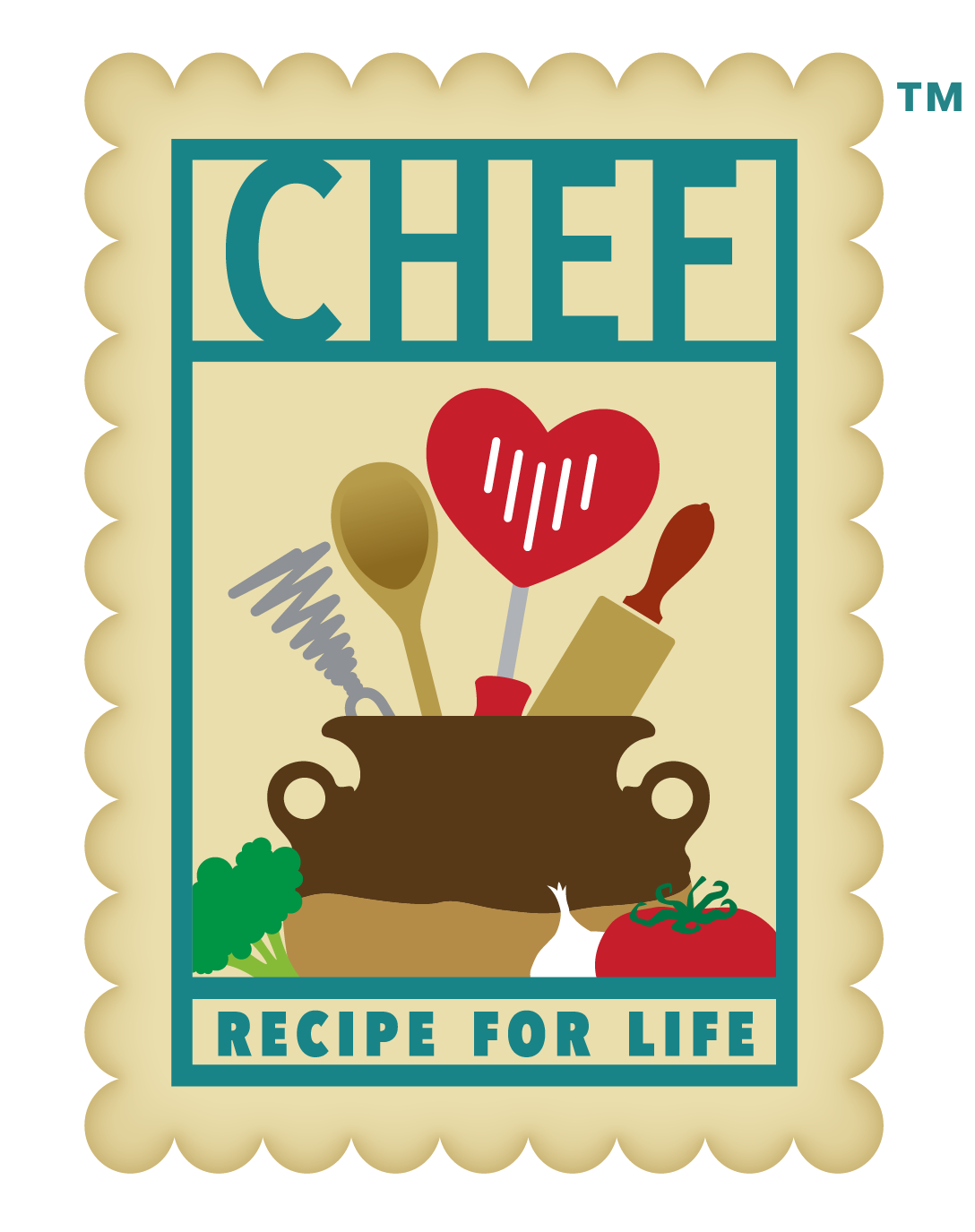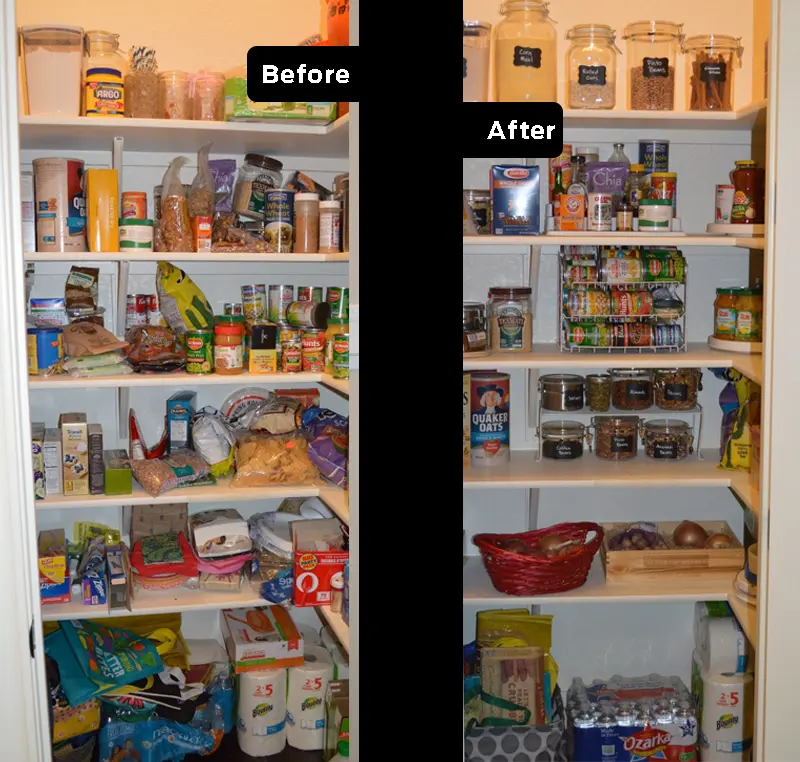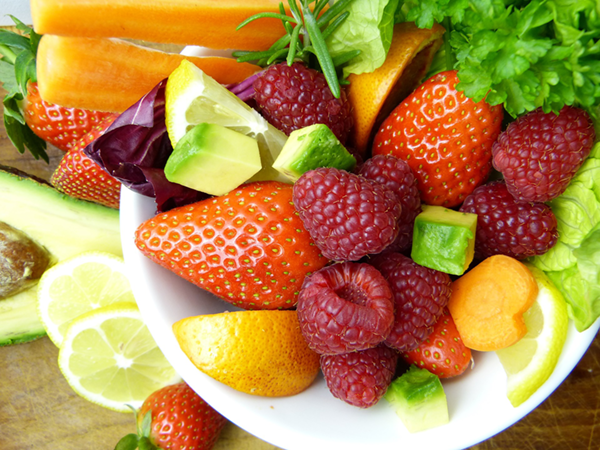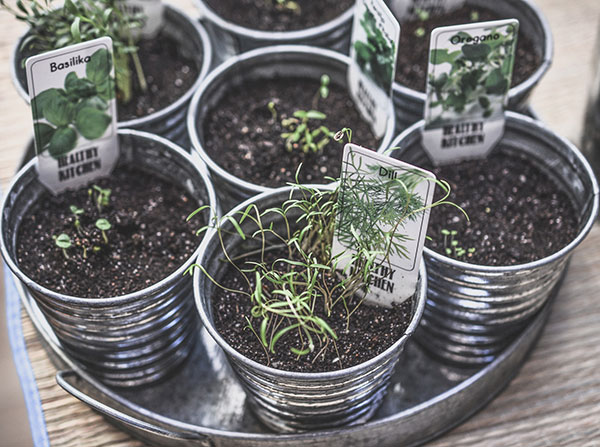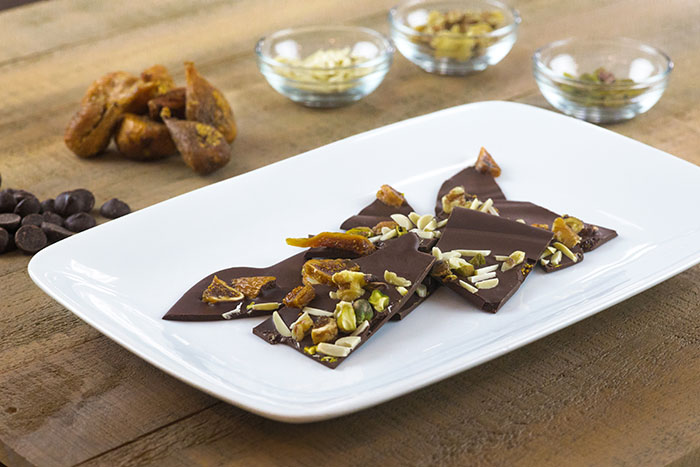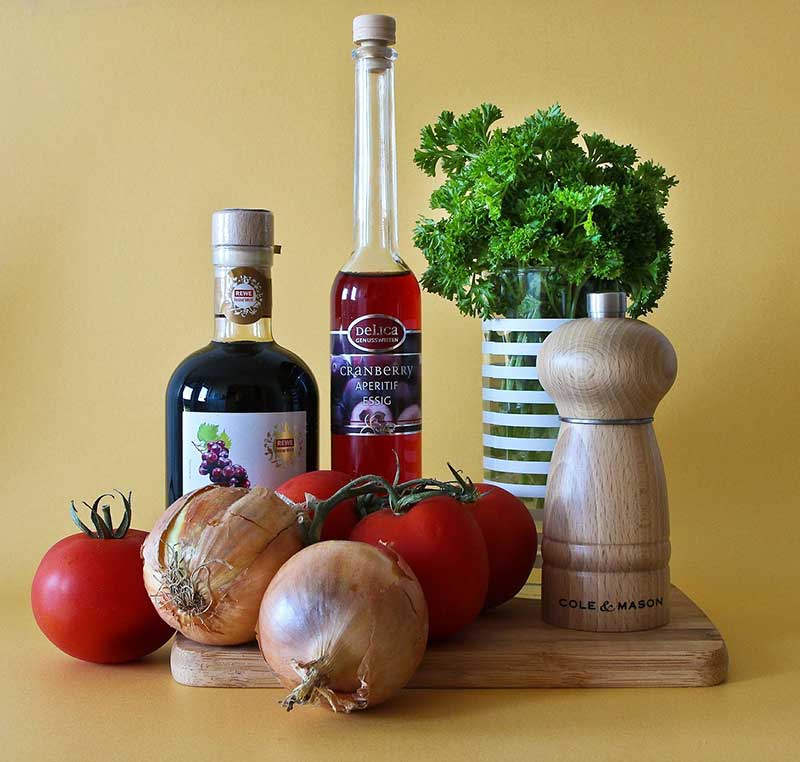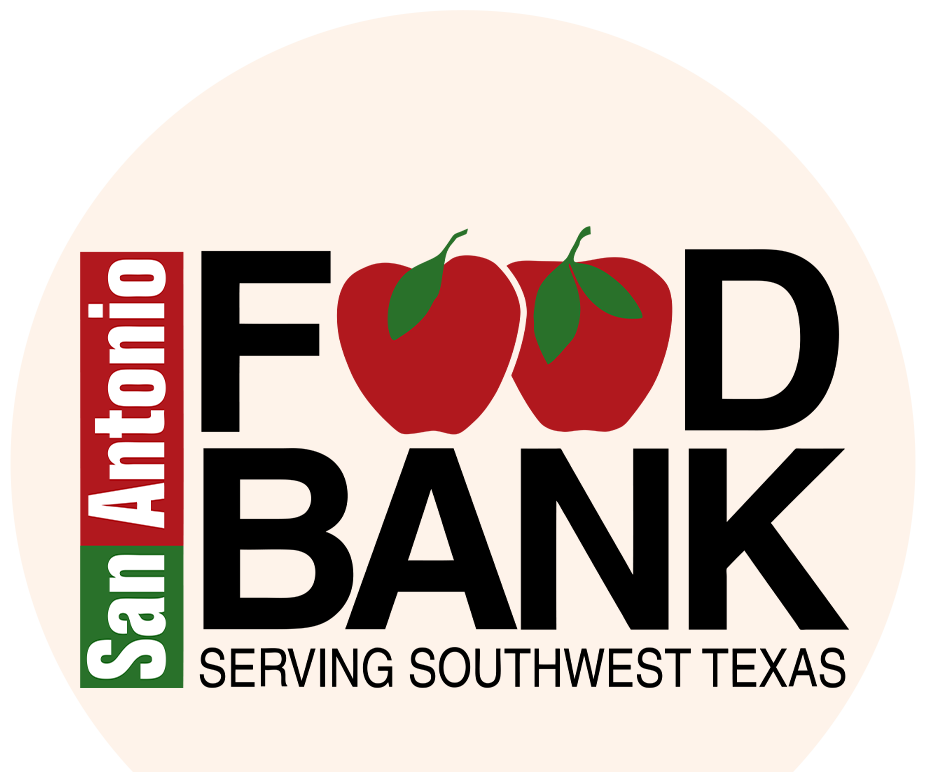by Katy Bowen, MS, RDN, LD
Director Community Outreach, CHEF
Enjoying food with family and friends is one of the highlights of the holiday season. Everyone wants to help, but too many cooks in the kitchen can result in an increased risk of foodborne illness. This is especially true when people who rarely prepare food at other times of the year are suddenly in front of the stove.
By taking precautions, you can prevent most cases of foodborne illness. Review the simple tips below and share them with all the helpers in your kitchen. Then, eat, drink and be merry.
Soap Up
- Make sure everyone handling food washes their hands before, during, and after food preparation.
- Keep kitchen surfaces — such as appliances, countertops, cutting board, and utensils — clean with hot, soapy water throughout meal preparation.
- Use two cutting boards: one for raw meat, poultry, and fish and the other for ready-to-eat foods like fruits and vegetables.
- Use separate spoons and forks to stir, taste, and serve food.
Take Care When Thawing
- To prevent the spread of harmful bacteria, thaw frozen turkey and other meats in a refrigerator set below 40°F or in the microwave. Never thaw meats on the kitchen counter, in the oven, or under hot water in the sink.
- When defrosting food in the refrigerator, cover raw meat and place it on the bottom shelf so juices don’t drip onto other foods.
- After defrosting food in the microwave, cook it immediately afterward.
- If you are pressed for time, thaw a wrapped frozen turkey (breast-side down) in a sink filled with cold tap water. Be sure to change the water every 30 minutes.
Know When Your Turkey Is Done
- Use a meat thermometer to make sure meats reach a safe internal temperature. This is the only reliable way to determine the doneness of your food.
- Cook whole turkeys to 165°F. Check the temperature with a meat thermometer at the innermost part of the thigh. If you’re cooking a stuffed turkey, be sure stuffing reaches 165°F before serving.
- Cook holiday hams and pork roasts to 145°F.*
* Allow to rest 3 minutes before carving or consuming.
Boil Your Gravy
- To kill harmful bacteria, bring gravy to a steady boil on the stove before serving.
- This rule also applies to leftover gravy. Simply microwaving leftover gravy until it is hot is not sufficient to kill harmful bacteria.
Follow the Two-Hour Rule
- Whether served family-style or as a buffet, festive feasts often last for hours. After more than two hours, bacteria rapidly begin to multiply on perishable food items. For longer gatherings, keep some fresh food in the fridge to bring out at the two-hour mark.
Chill Dishes Right Away
- It’s a common mistake to let cooked foods cool before they go into the refrigerator. To chill a dish for serving or storage, promptly place it in the refrigerator after cooking. This ensures freshness and safety.
- Set your refrigerator below 40°F and your freezer below 0°F.
- Store leftovers in airtight, shallow containers (two inches deep or less).
- Refrigerate or freeze leftovers within two hours of cooking the food. Remove turkey from the bone and store it separately from the stuffing and gravy. You can leave sliced breast meat, legs, and wings whole.
Use It or Lose It
- Reheat leftovers to 165°F. Bring leftover gravy to a steady boil on the stove before serving it a second time.
- Use refrigerated cooked turkey within three to four days. Use stuffing and gravy within one to two days.
- Eat leftover casseroles and cooked vegetables within three to four days.
- Finish fruit, cream pies, and cheesecake within two to three days. Regardless of how many days have passed: If in doubt, throw it out!
Reviewed December 2012
